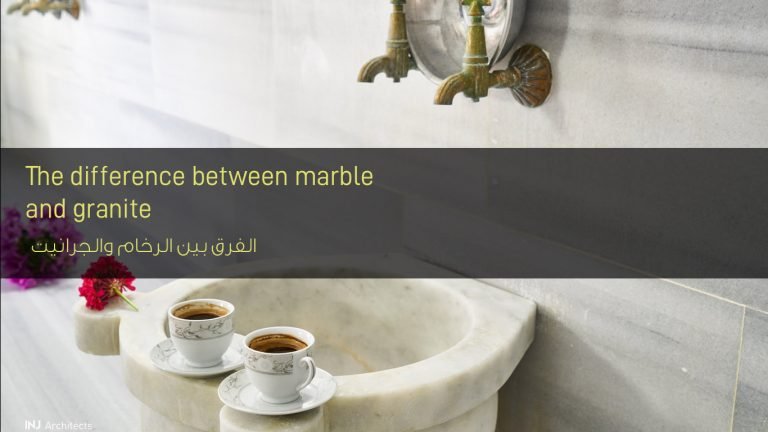Folds or differential relations
Folds or differential relations
Differential geometry: is the field that deals with differential functions through differential and integral calculations, and differential geometry is shown through rates and is a derivative and mathematical functions that appear in the form of ordinary differential equations with one independent variable and partial differential equations containing more than one independent variable.
Differential engineering is used in:
- Architectural differential curves engineering.
- Surface engineering, such as lined surfaces or conical surfaces.
- Study the local and comprehensive properties of curves and surfaces in mathematical spaces by applying the principles of mathematical analysis, which is the operations of differentiation and integration.
Differential geometry emerged from the beginning of the study of curves and formed surfaces in the 3D space. This type of differential geometry is called external engineering due to the necessity of a wide space for the geometric elements of curves and surfaces.
Pleats: These are small folds, the sizes of which start between millimeters and kilometers, and they are in the form of two wings that meet in the middle at the point of intersection of the axial surface with the surfaces of the layers. They are called on this region where the pavers meet the axis of the fold.
The convex folds are formed as a result of the convergence of the wings of the fold upward away from the axial level of the fold. This shape is formed as a result of the tensile strength that occurs on the ground.
The concave folds are formed as a result of the convergence of the wings of the fold down towards the axial level of the fold and are formed in this way due to the large pressure force that occurs.
Forms of folds according to the tendency of the folds of the fold:
1 – Symmetrical fold: It is the result of the tendency of the folds of the fold, whether the fold is “convex or concave” with an equal angle of inclination in the direction of the wings.
2- Asymmetric fold in the shape: the fold that arises as a result of the inclination of each wing of the fold, whether the fold is “convex” or “concave” at a different angle from the other, and the axial level of the fold is tilted more than the vertical plane. These forms are formed when the pressure is on One side is more than the other, resulting in a greater tendency for one wing than the other.
3 – Sleeping folds: are the folds that arise when the axial plane of the fold is in a horizontal plane as a result of high pressure on it and the wings of the fold are in one direction and the old layers become over the modern layers.
4- Dome-shaped folds: are the folds that tend from all directions but away from the main axis of the fold through a medium point known as the center of the dome.
5-Inverted folds: which are formed as a result of an increase in the amount of asymmetry and an increase in the inclination in one of the wings of the fold.
6- Basin-folds: These folds are the opposite of the domes that appear in the shape of domes where all the layers tilt toward the middle point and are called the center of the basin.
Read also: How to install and extend Wi-Fi at home and projects
Uses of folds:
1- Pleats of convex shape and domes: It is considered one of the most important places where oil converges.
2- Concave folds and pelvis: It is considered one of the most important places where groundwater and mineral deposits gather.
3- The folds are used in architecture to determine the age of the relative layers of the folds in order to read the history of the earth and know the types of soils and sediments in which they are found.
Rock folding methods:
Rocks can be folded through two methods “folding by bending”, which is the method that is used when the surfaces present with the rocks to be folded have mechanical effects, or “indirect folding”, which is the method that is used when the surfaces in the rocks have no mechanical effects and the layers are folded without any curvature or curve.
Follow us on Twitter to stay updated







